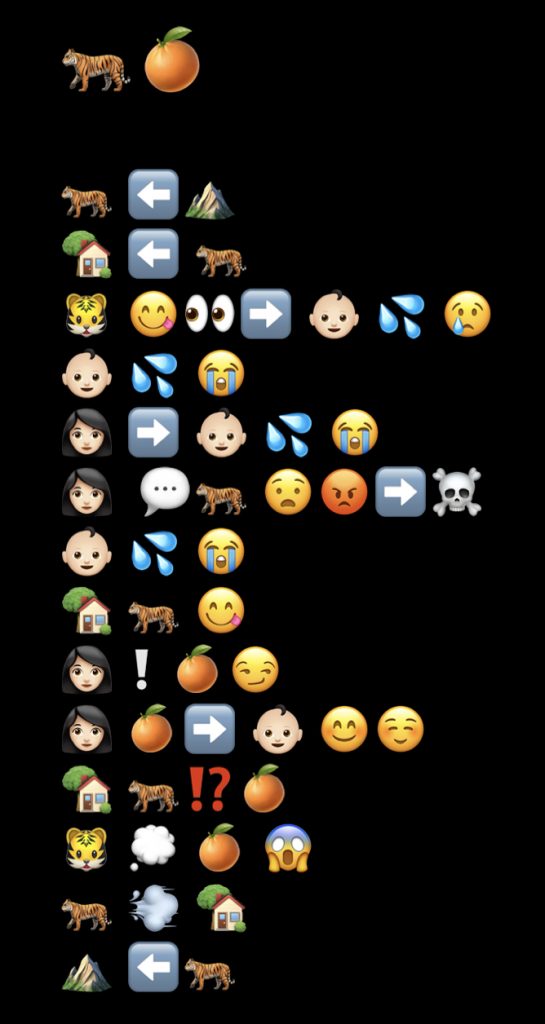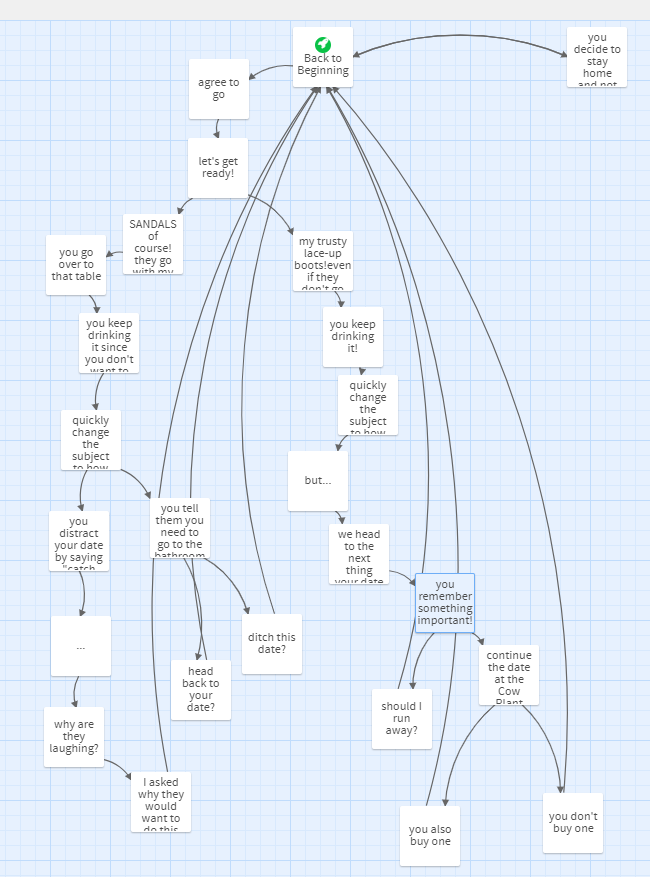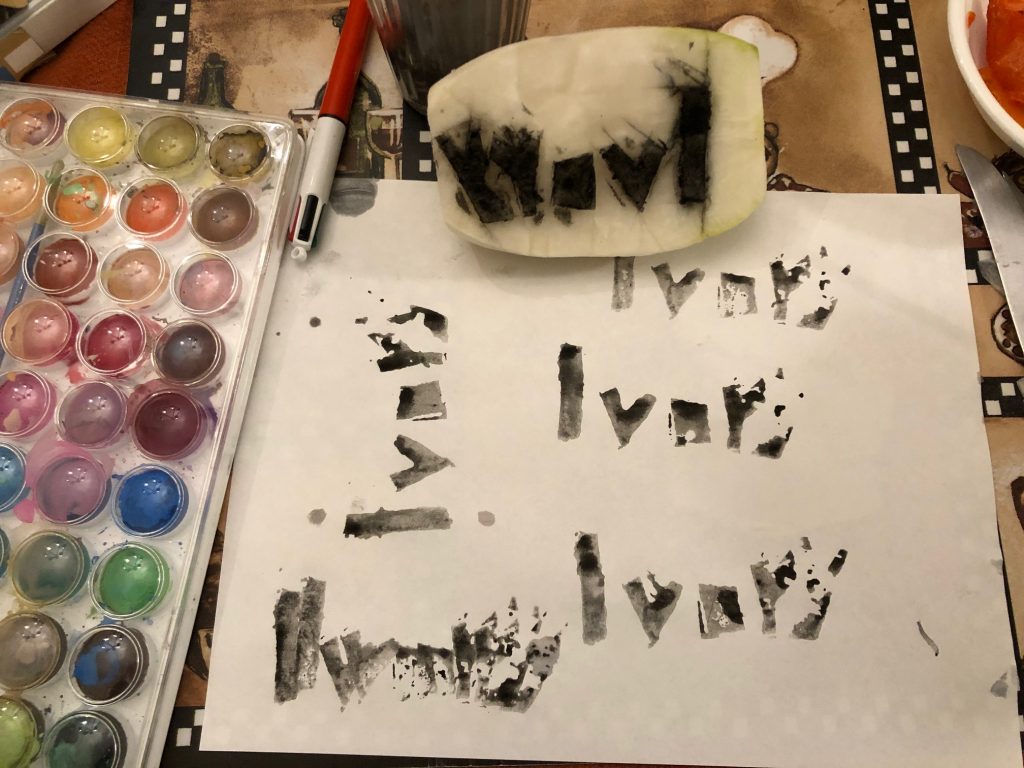Can you figure out what the story is about?

Did you start with the title? Why? Why not? AND Did you choose the work based on how easy would it be to visualize?
I did start with the title as the first thing before starting the emoji story. I have played Pictionary quite often and whenever it was the topic of shows, movies, or books to portray in a drawing, I would typically draw something to symbolize the title first before moving on to the images that explained the main plot or an iconic symbol/scene.
I chose this particular story because I thought it would be easier to visualize and transcribe into emoji format. It is an old folktale meant for children in Korea. It is not supposed to be complicated. I chose this story because it’s a simple enough story to remember off the top of my head, I did not have to research about the story to remember it.
Did you rely more on syllables, words, ideas or a combination of all of them?
I found that I relied more on words and ideas for my emoji story. For example I used the tiger emoji for the actual tiger in the story. This is a old Korean folktale my mother told me when I was younger. It’s traditionally an oral story told to children. However, now there are many written texts and videos that portray this story. For my emoji story, you do not have to read it from left to right (like how you would in Canada). Each line of emojis represents a scene from the story. For example the second line with the “tiger, arrow, mountain” — it is supposed to symbolize that the tiger has left the mountain. The third line shows that the tiger is going to the house. I used the arrows to show which direction that character is moving, looking, or giving something.
Bolter (2001) stated that compared to printed text, visual elements have been seen as subservient, decorative or supported elements. Today, many people use images in the form of emojis and gifs to give more nuanced meaning to their text. For example a text message with “Good Job” and a message sent with “Good Job + Middle Finger Emoji” has very different connotations. However, this is generally seen in informal contexts, such as text messages to friends or social media posts. You would not see many people using emojis in professional emails in traditional corporations, textbooks, or academic essays. This is possibly because there is a desire to contextualize what is written or printed as text like a face-to-face conversation (Bolter, 2001).
After completing my story I showed my emoji story to my parents who are familiar with the story and where the ones who told this story to me when I was little. They had a difficult time trying to figure out what the story was about. Even when I told them the title of the folktale they still found it challenging trying to follow along with the story. Frankly, I was a little disappointed that my parents were unable to tell what the story was when I showed them my emoji version of the story, but they reassured me that it was because they were old. However, I saw initially saw it as a failure on my part for not being able to convey the story very well. Maybe if I showed this to younger people who are familiar with the story they would be able to see which story the emojis are portraying.
This task made me realize just how difficult it is to decipher a message or story just based off images. You need to consider if the other person who will be “reading” it knows the story and cultural contexts put in place. I am also relying on the viewer to recognize that the emojis represent actual words and know the iconic main scenes/parts of the story. I’m realizing that it was probably difficult for my parents to understand the story because of the emojis that I selected. I chose to use some emojis based on indirect connections (i.e. I was hoping they would see the orange emoji as a persimmon fruit). Kress(2005) states that the reader/viewer is the one who depicts and interprets the story with their own meaning. With this in mind, it’s important to note that what I intended the emojis to represent may not be seen the same for others. Thus emojis cannot be used as direct translations and many of the messages/story can be lost.
EXTRA:
Here is a retelling of the story in English – I found on Youtube. The version I was told orally from my mother never mentioned the thief so I didn’t include the thief part in my emoji story.
This tale has various endings (depending on who tells the story): The first ends with the tiger running away after hearing about the persimmon (this is the one I know); the second ends with the tiger running away with the thief on its back; and the third ending with the tiger running away again after trying to catch the thief.
REFERENCES:
Bolter, J. D. (2001). Writing space: Computers, hypertext, and the remediation of print (2nd ed.). Mahwah, N.J: Lawrence Erlbaum Associates. doi:10.4324/9781410600110
Kress (2005), Gains and losses: New forms of texts, knowledge, and learning. Computers and Composition, Vol. 2(1), 5-22.






